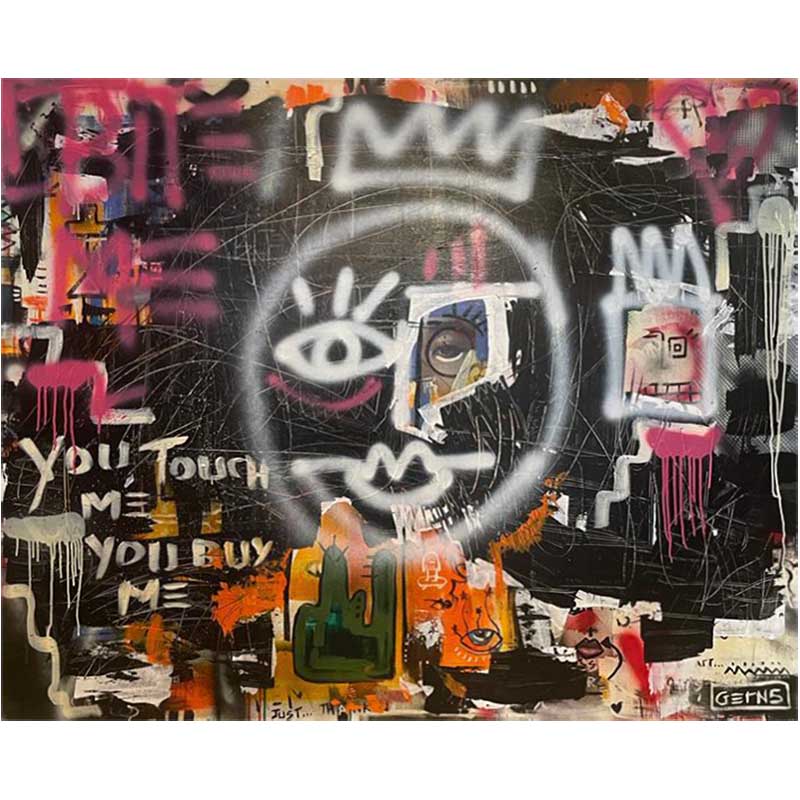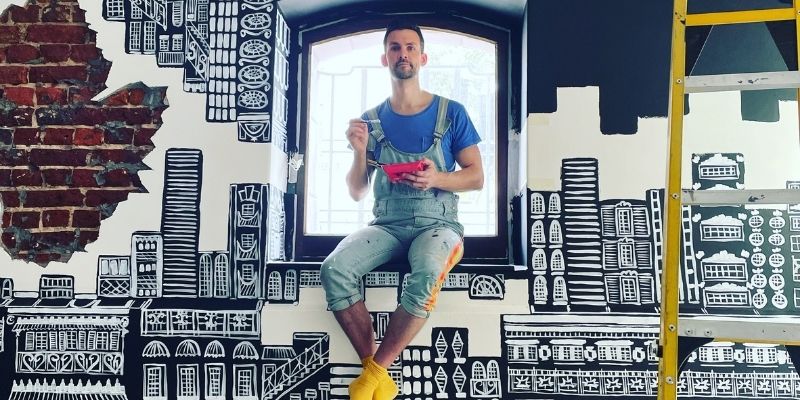Urban art, a diverse tapestry of public expression ranging from graffiti and street art to murals and sculptures, finds its roots in centuries-old traditions of using art to enhance public spaces. While the term “urban art” is relatively modern, the concept of adorning cities with artistic creations has a rich historical backdrop.
The Societal Importance of Urban Art
Urban art, when strategically placed, can serve as a powerful catalyst for societal cohesion. Beyond merely adorning cityscapes, it plays a crucial role in bringing people together through various means:
- Beautification of Cityscapes: Vibrant murals and street art inject life into otherwise mundane urban landscapes, transforming neighbourhoods into inviting spaces.
- Conveying Messages: Urban art becomes a canvas for social and political commentary, offering a platform for artists to voice their opinions on pertinent issues.
- Commemorating Events: Public sculptures and installations stand as enduring monuments, commemorating significant events and honouring influential figures.
- Fostering Connection: Urban art serves as a reminder of shared experiences, fostering a sense of community and common cultural history.

Shaping and Changing Society
Urban art, integral to societal progress, contributes in various dimensions:
- Enhancing Public Spaces: Beyond aesthetics, urban art improves the appearance of city neighborhoods and public areas, positively impacting the community’s overall well-being.
- Community Engagement: It acts as a catalyst for community engagement, instilling pride and a sense of ownership among residents.
- Self-Expression and Creativity: Urban art provides an outlet for individual expression, challenging societal norms and promoting creativity.
- Social Commentary: Through lawful expression, urban art becomes a potent tool for social commentary, addressing issues such as racism, sexism, and homophobia.
Four Ways Urban Art Influences Society
Urban art extends beyond mere aesthetics; it influences society in profound ways:
- Giving Voice to the Voiceless: Urban art becomes a channel for creativity and self-expression, offering a non-traditional outlet for sharing stories and experiences often overlooked or under-appreciated.
- Challenging Societal Norms: By challenging norms, urban art prompts a reevaluation of how we perceive and interact with our urban environments.
- Promoting Social and Political Messages: Through its powerful imagery, urban art raises awareness of critical issues, promoting positive change and community building.
- Beautifying and Uplifting: As an essential component of a healthy society, urban art beautifies the environment, uplifts spirits, and sparks meaningful dialogue.

The Role of Urban Art in the Future
As an integral part of contemporary society, urban art’s role extends beyond mere adornment. It is a force shaping perspectives, sparking conversations, and influencing how we experience our surroundings.
Urban Art: A Creative Force for Societal Transformation
In a world characterised by rapid digitisation and urbanisation, urban art stands as a testament to the enduring power of creativity and self-expression. More than just a pretty face, it becomes a force for positive change, making our cities vibrant, interesting, and deeply interconnected.
Conclusion
Urban art, with its roots stretching across time and cultures, is not merely an embellishment for urban landscapes. It is a dynamic force that brings people together, communicates societal narratives, and shapes the way we experience our cities. As we navigate an ever-changing world, urban art emerges as a vibrant thread weaving through the fabric of society, connecting souls and fostering a shared sense of identity.


